|
The innovation taking place in the automotive industry is boosting significant transformations influenced by emerging technology (AI, IoT, robotics, autonomous systems), electrification mandates and push, and changes in customer preferences and buying experiences.
The Electrification TrendAre consumers ready? Automakers continued to invest heavily in electric vehicle (EV) development but that initial push has presented challenges and acceptance. While there appeared to be growing consumer interest in electric cars due to environmental awareness and government incentives, consumers have not been as “ready” to adopt and the infrastructure “readiness” also presents challenges. Consumer readiness for electric vehicles (EVs) has been evolving, and several factors influence their acceptance and adoption. First environmental awareness with growing concerns about climate change and environmental sustainability have led to an increased interest in cleaner transportation options. Many consumers are becoming more environmentally conscious and are willing to explore EVs as a way to reduce their carbon footprint. Second, technological advancements in battery technology have improved the range, charging speed, and overall performance of electric vehicles. As technology improves, consumers are more likely to consider EVs as viable alternatives to traditional internal combustion engine vehicles but the charging infrastructure has to be ready and financial incentives must outweigh consumer sentiment on the overall investment of electric vehicles. Various governments worldwide offer incentives such as tax credits, rebates, and reduced registration fees to encourage the adoption of electric vehicles. For consumers, the fear of costly repairs plays another role, whether that is perceived cost or fear of the unknown. Financial incentives play a crucial role in making EVs more attractive and affordable for consumers. Infrastructure is important. Charging infrastructure availability and costs to implement at your own home present challenges for the industry. The expansion of charging infrastructure, including fast-charging networks, has alleviated some concerns about range anxiety but only is more urban cities and areas. The industry as a whole, has not satisfied consumer fear of the ability to charge freely during an entire trip across both urban/suburban and rural areas. Improved access to charging stations makes EV ownership more convenient and practical but the industry has a way to go. While the upfront cost of EVs can be higher, the overall cost of ownership, including maintenance and fuel, can be lower over the vehicle's lifetime. Economic factors play a key role as well, as consumers need to be comfortable with this level of investment for both the vehicle itself and the home charging set up that might be required. As awareness of long-term cost savings increases, consumers may find EVs more appealing. While there is a positive trend in consumer readiness for electric vehicles, challenges remain. These challenges include concerns about charging infrastructure, vehicle range, and initial costs. Overcoming these hurdles will depend on continued technological advancements, supportive government policies, and effective consumer education. As these factors continue to improve, it's likely that consumer acceptance and readiness for electric vehicles will further increase. Autonomous DrivingAutonomous vehicle (AV) technology continues to adapt with companies testing and deploying semi-autonomous features. Levels of autonomy, as defined by the Society of Automotive Engineers (SAE), serve as the benchmark for assessing AV capabilities. Concerns and challenges related to safety, regulation, and public acceptance remained significant and public stories of accidents and incidents impacts overall consumer acceptance, especially when it comes to feeling safe and secure. Vehicles are increasingly becoming connected, offering advanced infotainment systems, over-the-air updates, and telematics. While telematics has been around for a while, new features and driving experiences are being introduced as a results of the advanced telematics systems being improved within the vehicle. The emergence of vehicle-to-everything (V2X) communication, allowing vehicles to communicate with each other and infrastructure is another component to consider, as autonomous vehicles will be communicating with street lights, city transportation systems, and other assets within the city or on the street or roadways. Automakers have traditionally led with a message of sustainability, with a focus on reducing carbon emissions and adopting eco-friendly materials. In addition, the development of hybrid models and fuel-efficient technologies aimed at meeting stricter emission standards drives overall market considerations of autonomous vehicles. New and changing business models with the way consumers buy and share in transportation are also impactful and serve a more sustainable future. Shared mobility services and subscription-based vehicle models are presenting new ways to pay for the cost of transportation and serve more consumers. Automotive Technology and InnovationThe automotive industry is undergoing rapid technological innovation, with various advancements shaping the future of transportation. Here's a list of key technologies impacting automotive innovation:
These technologies are interconnected and often work together to create more advanced and intelligent automotive systems. As innovation continues, the automotive industry is likely to witness further integration and development of these technologies, shaping the future of transportation. First, I want to thank the Qualcomm Ventures team for inviting me to be a part of this amazing group of entrepreneurs, thought leaders, and innovators. The Edge AI Summit was among the best I have attended, and the hospitality of Qualcomm Ventures and the content were excellent and above board. The summit kicked off with a nice outside lunch in beautiful San Carlos, CA at The Alexandria and ended with an amazing dinner and drinks accompanied by a string assemble with beautiful, relaxing music. Now let’s jump into the summit highlights. Quinn Li, Senior Vice President and Global Head of Qualcomm Ventures, kicked off the event with a nice welcome message and set the stage for the overall theme, “Edge AI.” Bringing real-time data intelligence and insights for real-world industry solutions is vital, and artificial intelligence, learning models, algorithms, infrastructure, and security go hand-in-hand with the advancements and innovation. A range of early-stage and emerging companies that are partners and participants with Qualcomm Ventures are taking AI to the next level to apply to the enterprise and support adoption. Whether on-premise, on device, or at the point of data collection, AI is coming fast and Qualcomm Ventures will be leading and investing in the most innovative solutions in edge AI. One of the top highlights, was the fireside chat with Durga Malladi (SVP & GM, Technology Planning & Edge Solutions, Qualcomm Technologies, Inc.) and Jim McGregor (Tirias Research), “Enabling On-Device AI.” The discussion focused on Qualcomm’s overall vision in AI. AI has been around since the 1950s and this past 18 months has shown good potential around generative AI in the most simplistic form. AI is primarily about intelligently connecting everything with the emerging use cases evolving around running generative AI on the device. Some of the use cases include voice and speech interaction, smartphones/laptops XR, advancements in consumer devices, and digital experiences in automotive. The convergence of communication and processing, while extracting meaning from it, gives rise to today’s AI and edge AI is an important component. AI and the processing of information is expected to run at an increasing rate purely on the device and not connected to the cloud. Inference training is happening at edge of the network, with action shifting from the cloud to a distributed manner or using a distributed architecture. With advancements in technology, large learning models are happening on the device and low power, efficient processing is supporting this trend. Qualcomm shares, “There is already a growing wave of sub-10 billion parameter large language models (LLMs), automatic speech recognition (ASR) models, programming models and language vision models (LVMs) that provide useful outputs covering a broad set of use cases.” As we move towards 5 to 10 billion parameter models on a device, the industry is building use cases with large language models (and other models) running on the device itself. The week of October 23rd was also the Snapdragon Summit, where Durga shared a couple of AI insights and “The Art of the Possible.” In addition to the increase in billions of parameters, Qualcomm also shared a range of companies (and their apps) and developer relationships to get us there including Google, LLaMA, and Hugging Face making sure all can run on Qualcomm devices. In addition, Qualcomm is focused on solutions to curate the model to make sure it runs efficiently on the device with proper compression, and not losing the sense of the model to retain accuracy. More developer tools will be made available to make sure the industry can ingest any model while also paying attention to the KPIs. Other key highlights include:
A More "Humane" AI was presented by Bethany Bongiorno, Co-founder and CEO of Humane and Imran Chaudhri, Co-founder and President of Humane. The leadership team formerly worked at Apple and decided to branch out and started their push into AI in 2019. Humane has 250+ employees working in San Francisco, New York, and in remote locations. Bethany and Imran presented on personal mobile computing and how it is driven by AI. They stated the slowdown in smartphone sales, and the OEMs are now looking for new areas of growth. They believe the future is NOT on your face. The future is the dynamic and contextual smartphone. Their unique technology brings the contextual computer and AI platform into an all-in-one phone, and stated they will be launching over the next few weeks. Imran and Bethany reference their TED talk where they share details around the role of contextual compute, a screenless, senseless, wearable device (on lapel) that uses gesture control. In fact, Naomi Campbell wore the device on the runway (reference article) at Paris Fashion Week in September. Their soon to be launched Humane Ai PIN is Humane’s first product and is a small form factor that resembles the “face” of a smartwatch but is worn or pinned to your clothing. The product is set to debut on November 9th. Next up was a fireside chat between Quinn Li and Tomer Weingarten, the Co-founder and CEO of SentinelOne. SentinelOne’s primary focus is based on the role of AI based security. SentinelOne shares they provide, “The First Security AI Platform to Protect the Entire Enterprise.” They leverage multi-modal AI learning that is predictive and integrated as the system should know what to do without asking. The solution is also aimed to know security risks before humans. The industry is shifting beyond the physical, and cracking integrated algorithms requires accuracy that we are missing today, shares Tomer. SentinelOne is pointing to very specific tasks and narrowing the scope as contextual AI is smart enough to figure out how to respond and predict. Tomer also shares that data sets are important as monitoring devices that ingest mass amounts of data, and even petabytes into the cloud is required to provide visibility and protection. SentinelOne has experienced 100% revenue growth in the last years reaching $1B annual recurring revenue (ARR). There were also two panels at the summit including one on AI infrastructure and one on warehouse automation. First, let’s share the highlights of the AI infrastructure panel titled, “AI Developer Tools & Infrastructure.” This panel was joined by Luis Ceze, theCo-founder and CEO of OctoML and Gourab De, Vice President of Weights & Biases. The panelists shared that some AI is disappearing because it is now part of the system i.e. decision trees, machine vision. In addition, compute cycles are being optimized for machine learning engineers and developers. Developers are now building products around the model, including uX ,and this means infrastructure needs to change fast with inferencing becoming more compute hungry and in real-time. Weights and Biases is using computer vision models to train the model faster, while collaborating with machine learning engineers and others. Generative AI requires new interactions and thought leadership including researchers, linguists, product managers and others. Some want to see things visually and prompt monitoring may need to be more visual and interactive. OctoML uses DeepAI while scaling, tuning, and running models in the cloud. AI developers require smarter tools and infrastructure to support large data sets, including media generation. “OctoML makes AI more sustainable through efficient model execution and automation to scale services and reduce engineering burden.” The second panel focused on Warehouse Automation and was the one that I personally had the privilege to moderate and participate in. Panelists included Arshan Poursohi, Co-founder & CEO of Thirdwave Automation, Lior Elazary, Founder and CEO of inVia Robotics, and Marcus Hehn, Co-founder and CTO of Verity. This session focused on robotics, autonomous systems, and drone technology used for supply chain management (SCM), inventory management, logistics, and warehouse operations. This session started out focusing on the industry challenges including visibility, real-time asset intelligence, and overall tracking and monitoring for optimal delivery of products and goods to the end customer. There are changing dynamics with companies like Amazon and others providing more customized and personalized customer experiences. This changing dynamic places greater need to leverage automation to manage inventory and assets. The panelists also shared insights on how machines and humans are working collaboratively. While robots and robotic systems can assist in repetitive and mundane warehouse operations, humans will have oversight and need to be trained to manage these systems. In addition, humans and machines will work together and education is important. Advancements in robotics and drone technologies, along with data intelligence gathering from these systems, is also giving rise to the acceptance in warehousing operations. The use of AI at the edge or data collection point is bringing real-time intelligence to many actionable insights specific to the products, inventory items, and delivery processes. The future of AI and the use with robotics, drones, and autonomous systems will revolve around data intelligence, machine vision, smart cameras, and large language model training. Two additional sessions including Deploying AI On Device presented by Krishna Sridhar, Co-Founder and CEO of Tetra and the fireside chat with Rahul Singh, the Co-founder and Vice President of Engineering at ideaForge provided additional insights around on-device AI and drone (UAS) mapping, security, and surveillance. In addition to the fireside chats, panels, and presentations, the summit also included fast-round “pitches” or quick insight sharing from the following companies:
Final Thoughts from Stephanie
The summit was hard-hitting, extremely insightful, and showcased a range of companies innovating and launching the next wave of technologies in Edge AI and enterprise automation. I find that the venture and young company competition events can be the best events to learn and open your mind to the “what’s next.” While my background is centered around technology, logistics, and automation, the wrapping of all three of these areas with advancements in AI is exciting and the industry will need to get it “right.” AI is extremely over-hyped and I evaluate the industry with caution. While generative AI overall has been targeted as being “free” and more consumer focused, the real opportunity lies around AI on device and AI in the enterprise. Just as with IoT and edge computing, it will be the AI solutions that address enterprise operations and provide true value that will win in the end. Value proposition, use case reliability, and industry-specific applications will be vital to bring AI to the “Art of the Possible.” Prepared and Written By: Stephanie Atkinson of Compass Intelligence As we start the last month of December, Compass Intelligence has been thinking through the "What's Next" in technology. As a careful observer of funding, startups, announcements, news, and key happenings, I have noticed a very subtle trend of projects, press, announcements, new hires, and funding moving towards automotive, transportation, and the infrastructure that mobilizes these machines. Now you have to really dig a bit deeper, as the automotive space is vast and so is the technology sector. If you combine these 2 industries and focus in on the following trends, you will see an opportunity of a trillion plus market: Unlike other over-hyped industries, the autonomous, driverless, and electric vehicle markets are accelerating at an even faster pace than the experts predicted 5 years ago. This industry is now embracing the human machine interface and new driver experiences are on the horizon. The combination of advanced technologies and transportation is undergoing a massive METAmorphosis...Are you ready? When will we see Level 5 autonomous on the streets in your city?
Compass Intelligence likes to be one step ahead of the game, and while these markets are not necessarily new, the growth and opportunity is opening up due to advancements in technologies such as AI, HMI, data analytics, IoT, edge computing, 5G, and others. All of this said, we are announcing the launch of a number of new services, focus areas, and recognition programs targeted around the automotive technology sector. New services & programs will include:
How do you get involved?
Learn more about why this research is important and review the award categories below, and be on the lookout for our press release in early December. How Qualcomm is Advancing AI and Internet of Things to Prepare Tomorrow’s Businesses and Cities9/20/2022
In early July, I was honored to have a chat with Megha Daga, Senior Director of Product Management and AI/ML lead for the Internet of Things (IoT) at Qualcomm Technologies, Inc. . As a critical player in AI enablement across the IoT group at Qualcomm, Megha has been crucial in the development of cutting-edge AI solutions used around the world.
We dove right into what Qualcomm has been up to as it continues to advance IoT through the different core offerings, partnerships, and cutting-edge solutions that Qualcomm offers. To set the tone of our conversation, we discussed Edge AI. Edge AI is essentially intelligence moving to the data generator, according to Megha. Along with getting data faster, a host of other factors impact Edge AI, including privacy, cost, latency, reliability, and bandwidth. For businesses or enterprises, the simplicity of the technology revolves around business intelligence occurring on the device or close to the device itself to enable IoT. Qualcomm provides a portfolio of hardware technology, but even more exciting is their advancements in software design and embedded processing innovation. The company understands how heterogenous computing makes AI possible and is pushing the envelope to remain competitive in AI and IoT. Some of the stronger vertical markets and industries that Qualcomm is targeting include retail, logistics, energy, utilities, industrial, and robotics. To further advance into AI, Qualcomm launched the Vision AI Development Kit. This Azure IoT Starter kit is a vision AI developer kit for running artificial intelligence models on devices at the intelligent edge. With Edge AI, data is generated and pushed to the cloud. Legacy devices such as retail payment terminals and other industry specific devices are being digitized and modernized. Hardware or devices can be connected to a box, i.e., edge gateway. Megha shared that Qualcomm is taking metadata and compute to the box, implementing further compute as needed, then sending only the required data back to the cloud. The traditionally “dumb” environment is becoming more intelligent and bringing efficiencies to businesses and operations. Another Qualcomm AI example outside of retail is in logistics, more specifically warehouse operations. Robotics and drones may be used for picking and dropping, reducing overall payloads, and therefore reducing costs. Edge AI and IoT are coming together to minimize compute to the cloud, as the overall costs of sending massive data to the cloud is becoming more cost prohibitive, and a concern for larger enterprises. The issues of privacy, latency, and connectivity again remain important factors. Privacy not only affects consumers, it also impacts businesses and their customers’ experiences. As for latency, think of delivery robots on the street, providing sub-millisecond intelligence and information to enable operations and efficiency so consumers can get food, packages, products delivered (similar to same day delivery). Regarding connectivity, especially for operations in remote locations (construction, agriculture), having on-device or near device data intelligence can be critical. Examples Megha mentioned included drones connected to a gateway to enable crop intelligence, construction management, and mining operations. Qualcomm’s portfolio continues to evolve to support AI and Edge AI, with a stronger focus on software. Their hardware and chipsets will continue to be their foundation, as they grow their partnerships with Original Equipment Manufacturers (OEMs). Qualcomm is leading in the areas of enabling AI on traditional CPUs/DPUs or AI on SDKs. Another cutting-edge development includes AI on embedded processing (low power, high performance). According to Megha, a few exciting AI areas that Qualcomm has been innovating around includes drone robots, and camera technology. Taking regular cameras for example and making them intelligent, using technologies such as machine vision and AI running on heterogenous computing to completely disrupt its capabilities. Megha shared that Qualcomm is using hardware accelerators for neural network workloads. Furthermore, AMR devices (autonomous mobile robots, i.e., Bosch devices) is an area where Qualcomm is developing chipsets and reference designs to further advance delivery. For example, they recently launched the RB6, a high-end chipset with an accelerator card allowing the robot to greatly improve throughput (i.e., delivery robots). As far as software goes, Qualcomm is investing and innovating to provide seamless software across the Qualcomm AI stack. Qualcomm is providing unification for developer building and changes, using Qualcomm Intelligence multimedia SDKs providing authentication and simplification for development and deployment, across multiple verticals. Developers and software tools remain a top priority for Qualcomm. Qualcomm realizes the end-customer (businesses and government) require and need end-to-end solutions and thus continues to build out its IoT partner portfolio (vendors, integrators, industry focused providers) focused on software/applications, platforms, and other solutions I’ll end with a great use case example shared by Megha. The Qualcomm AI Engine runs ML models in IoT devices, such as a security camera that recognizes a family member and activates a smart lock to allow entry. Or an office building that allows employees onto an elevator based on a touchpad. This context showcases the importance of how Qualcomm is advancing AI and IoT to prepare tomorrow’s businesses and cities. For more reading, please check out, “Qualcomm Advances Development of Smarter and Safer Autonomous Robots for Logistics, Industry 4.0, and Urban Aerial Mobility with Next-Generation 5G and AI Robotics Solutions” Written by Stephanie Atkinson, CEO of Compass Intelligence A week ago, I sat down virtually with Brandon Branham, Chief Technology Officer and Assistant City Manager of Peachtree Corners (PTC, one of the first cities in the United States powered by real-world smart city infrastructure, which also features ‘Curiosity Lab at Peachtree Corners’) to get an update on all of the progress being made in making the city smarter, more interactive, and inviting to technology innovators around the globe. Peachtree Corners launched an innovative living smart city lab about 1 year back that leverages autonomous technology, IoT, AI, machine learning, edge computing, virtual reality, and other advanced technologies to advance city operations, mobility, and introduce economic development. Some of the more interesting key facts about PTC include the following:
The innovation being embraced at PTC comes with the value it is placing in partnerships, leading technology company initiatives, and the live testing environment it provides to tech companies, OEMs, and startups around the globe. They currently have roughly 10 vendors with 15 different device types generating data across their network across around 15 or so different software systems. On the embracing of global companies, it is also working with a Tel Aviv company called IPgallery, that brings together city insights and intelligence using a real-time AI data platform that provides visualization (visual map) across PTC to monitor, analyze and secure all IoT devices across the ecosystem, buses, cameras, applications, etc. In addition, traffic flow and pattern data are being collected to adjust and make real-time rerouting decisions to improve public transportation.
PTC recently announced a partnership with Bosch, where they are implementing a sensor connected intersection and intelligent traffic management system to capture video including vehicle identification, vehicle recognition of objects (car, bus, scooters with drivers or without, pedestrians, etc. using machine vision). This partnership will allow real-time adjustments to traffic signaling, share the flow of traffic activity, and identify the type of vehicle in that flow for improved traffic management. PTC's Curiosity Lab will allow for a living city environment for Bosch to leverage its leading edge solution within a live, real municipality. A few other projects on the horizon include the following:
All of these activities would not be anywhere without the public-private partnerships (3Ps) in place. PTC has a process to test in their live environment, receive funding from 3rd parties or commercial entities (for some projects), decide on whether the project is scalable, and then the city decides and will invest as needed. This is a prime example of how business and government can and should work together to advance the smart city vision. On a final note, below is a list of key differentiators that enable PTC be the groundbreaking innovator in smart city solutions:
Platform A few weeks back, we discussed where we are today with the two waves of "The Connected Vehicle." 1st we focused on bringing WiFi and 4G/LTE to the vehicle. Now let's jump into the power of the Autonomous Vehicle, the 2nd wave.
According to Techopedia, the definition of Autonomous Vehicles is, "An autonomous car is a vehicle that can guide itself without human conduction. This kind of vehicle has become a concrete reality and may pave the way for future systems where computers take over the art of driving. An autonomous car is also known as a driverless car, robot car, self-driving car or autonomous vehicle." For many out there, these concepts are so far out there that is is challenging to understand what this means to both us as consumers, as well as industry and businesses. Let's call the market AV for short, since we will be discussing scenarios throughout this blog. The AV market has the chance to disrupt industries in the transportation marketplace, as well as disrupt the way goods and services get transported and delivered throughout the world. Before we get too technical, lets focus on what this really means to us as consumers, consumers who drive our vehicles every day to work, school, leisure places, and events. Below are some real-world scenarios on how AV will impact the consumer, imagine this...
Recent Related News on AV:
For further reading, please check out the related blog regarding the 1st wave of The Connected Vehicle. For more information, please visit our RESEARCH page to explore other technologies and market indicators. Written by Stephanie Atkinson, CEO of Compass Intelligence, LLC |
Inside MobileCovering hot topics in the industry, new research, trends, and event coverage. Categories
All
|
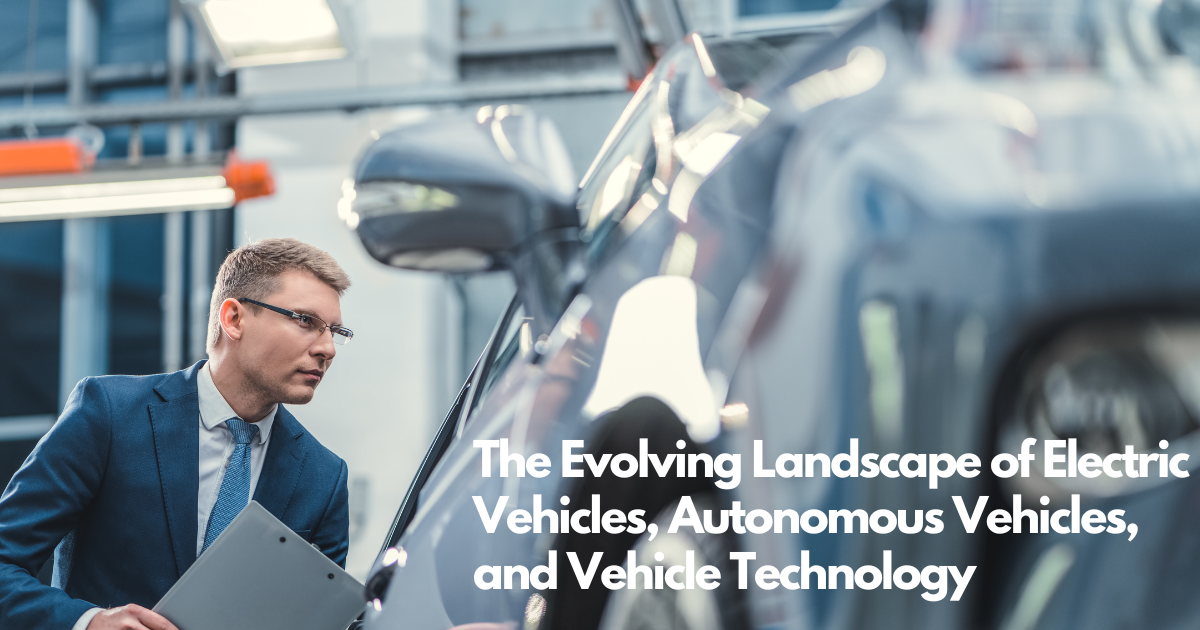
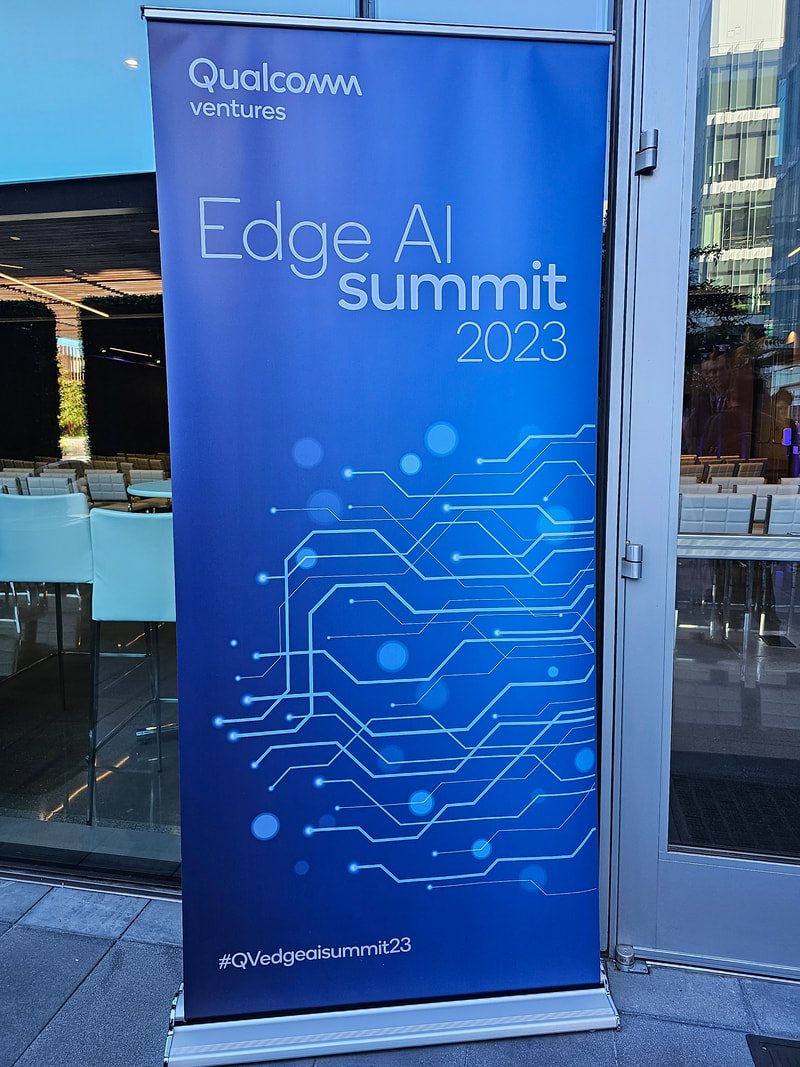
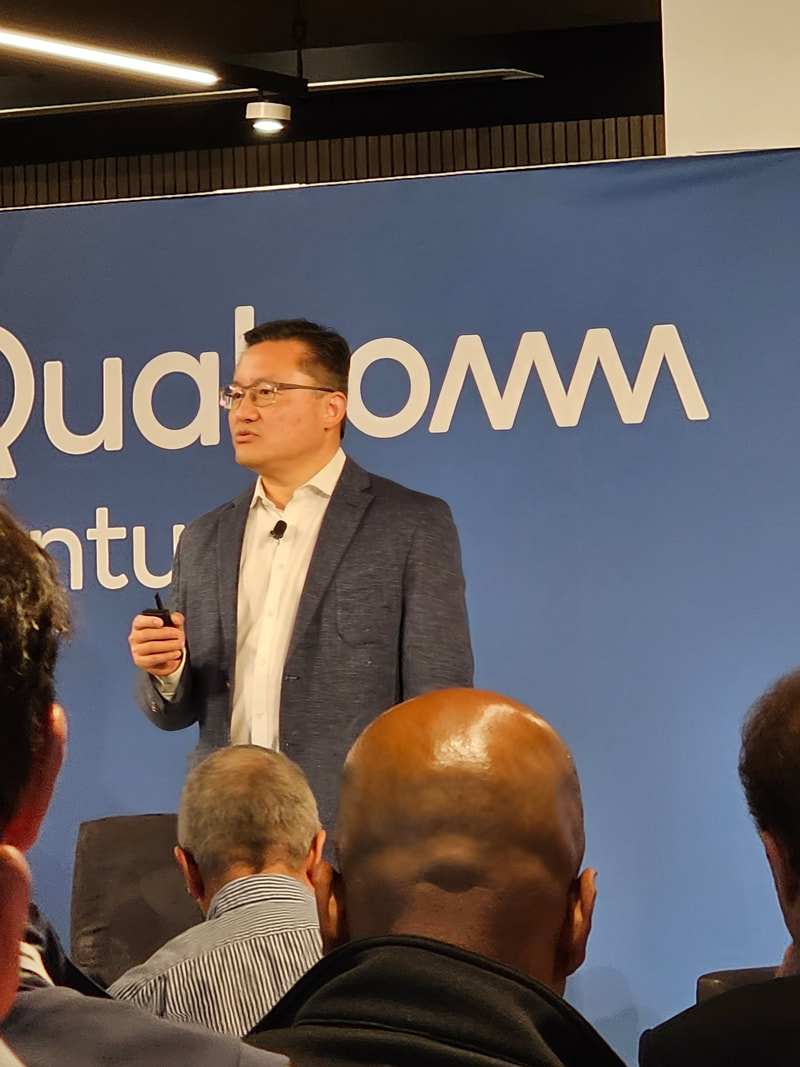
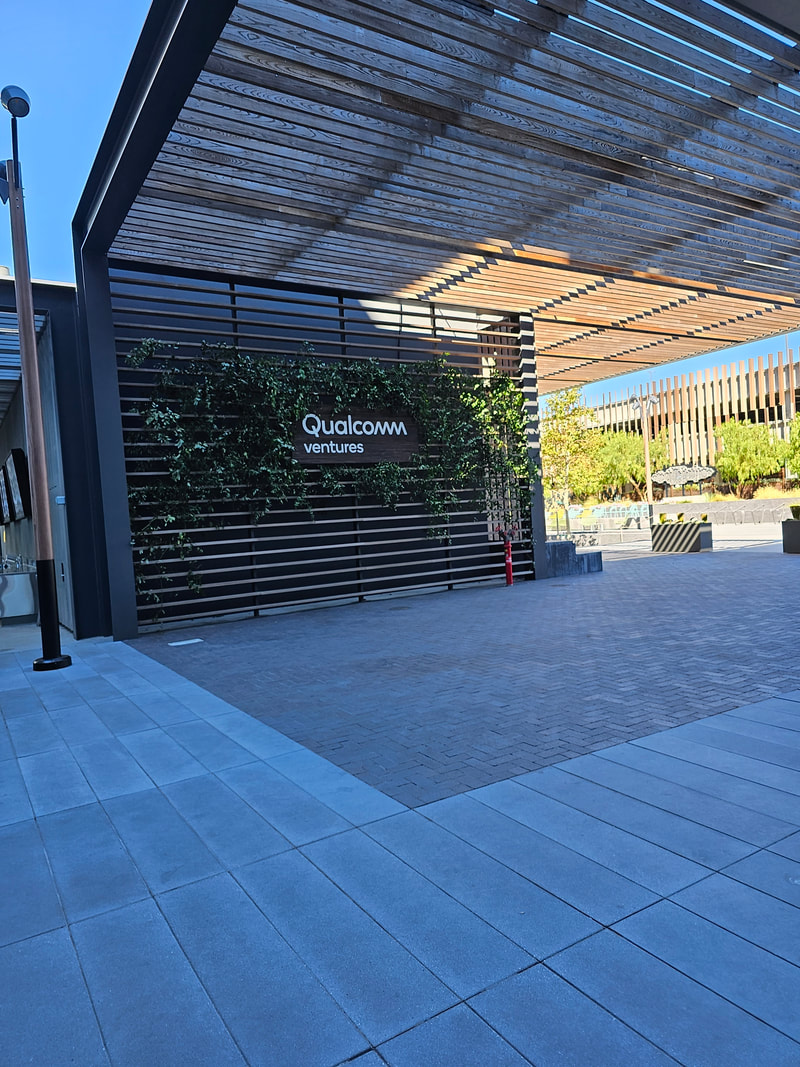


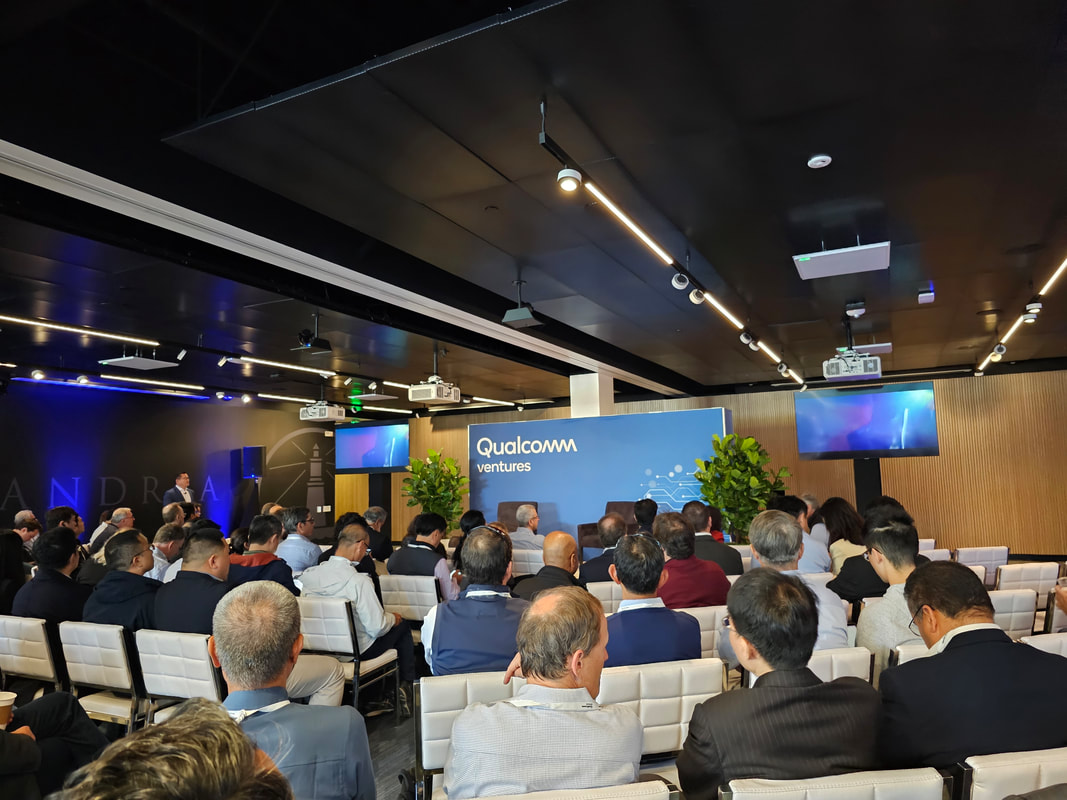
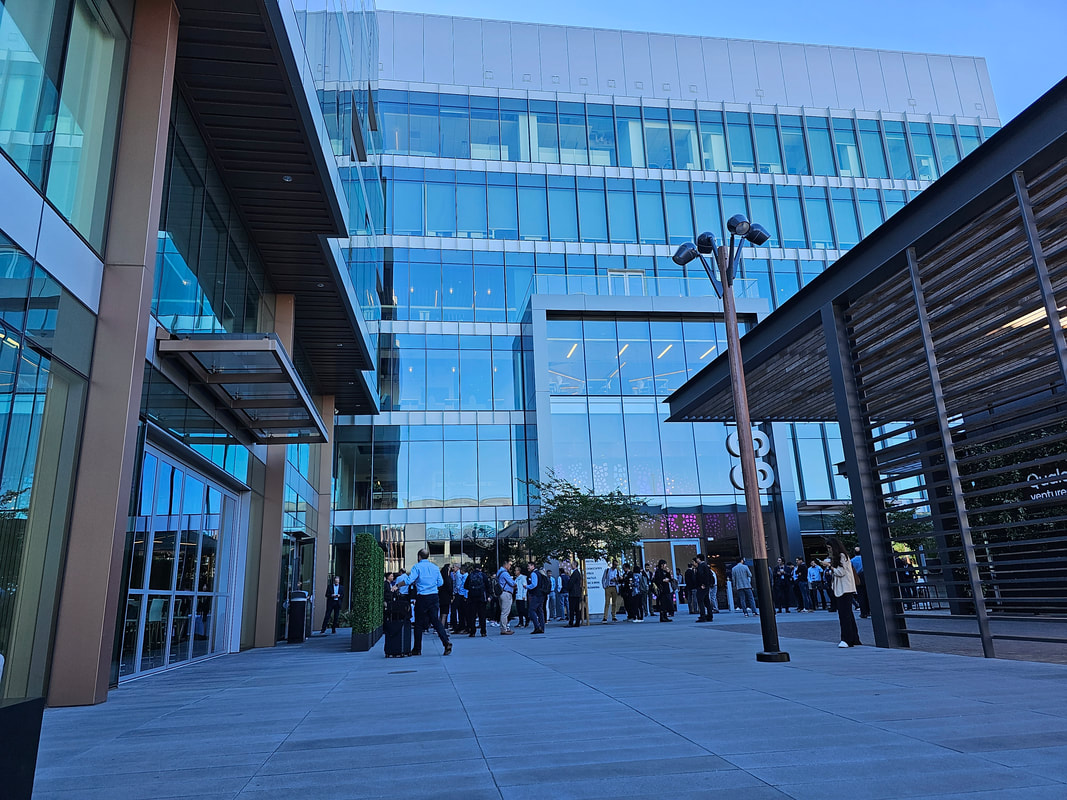
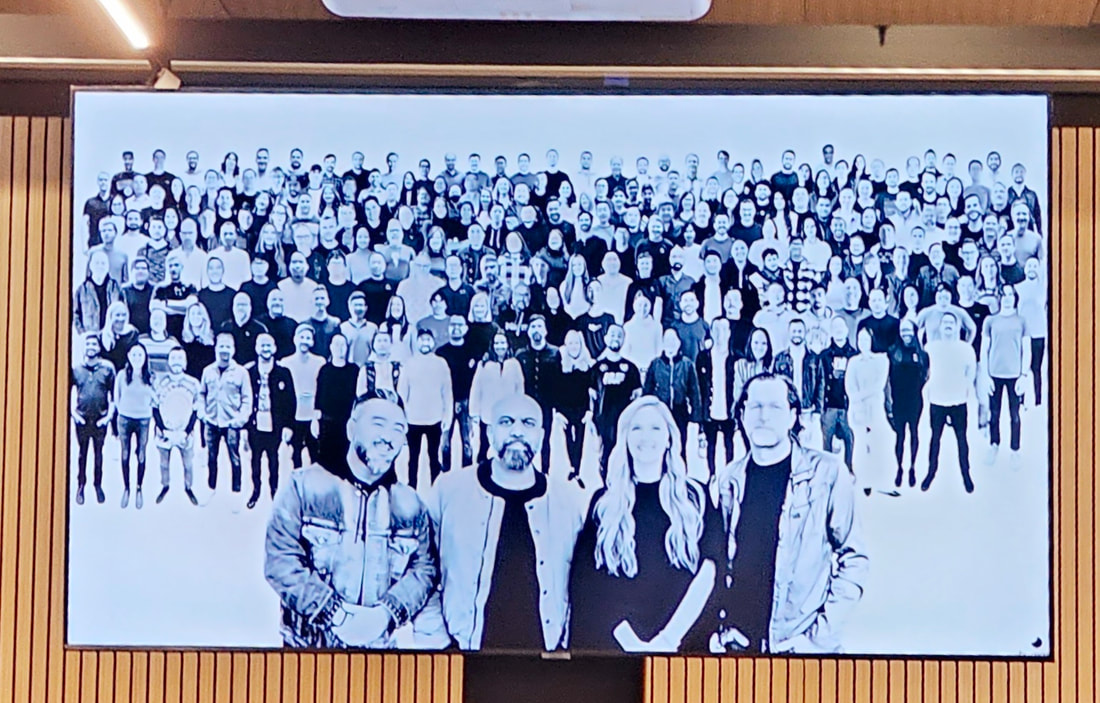
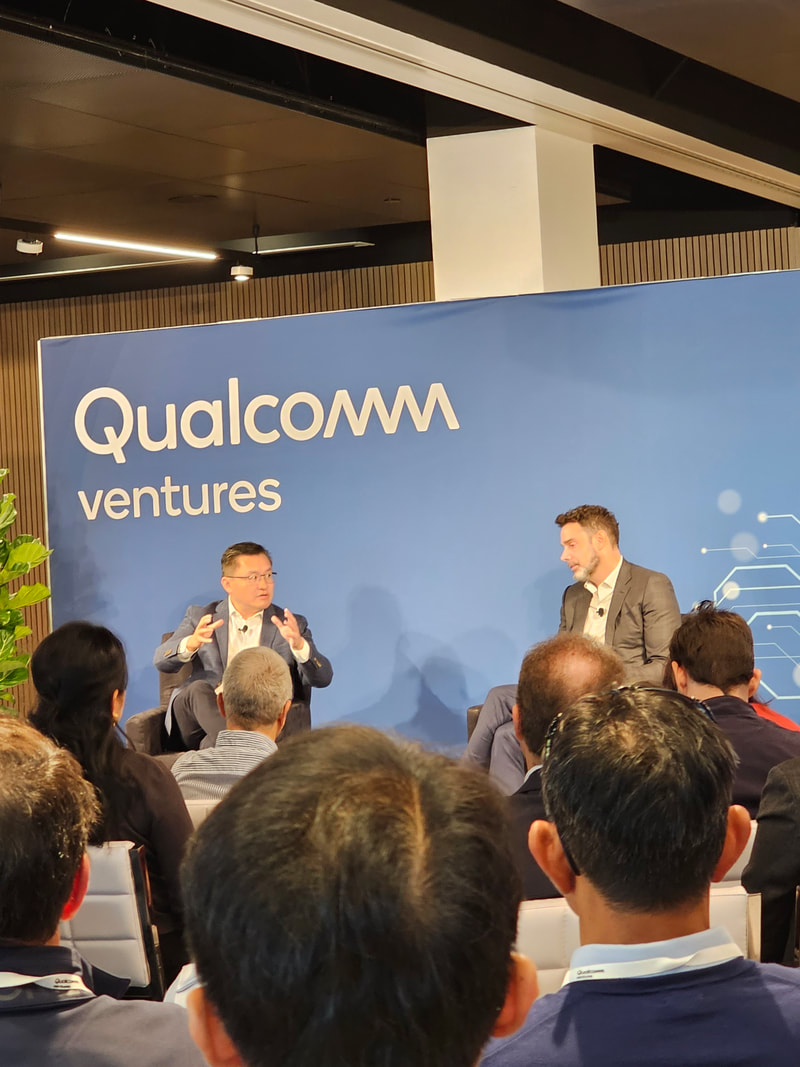
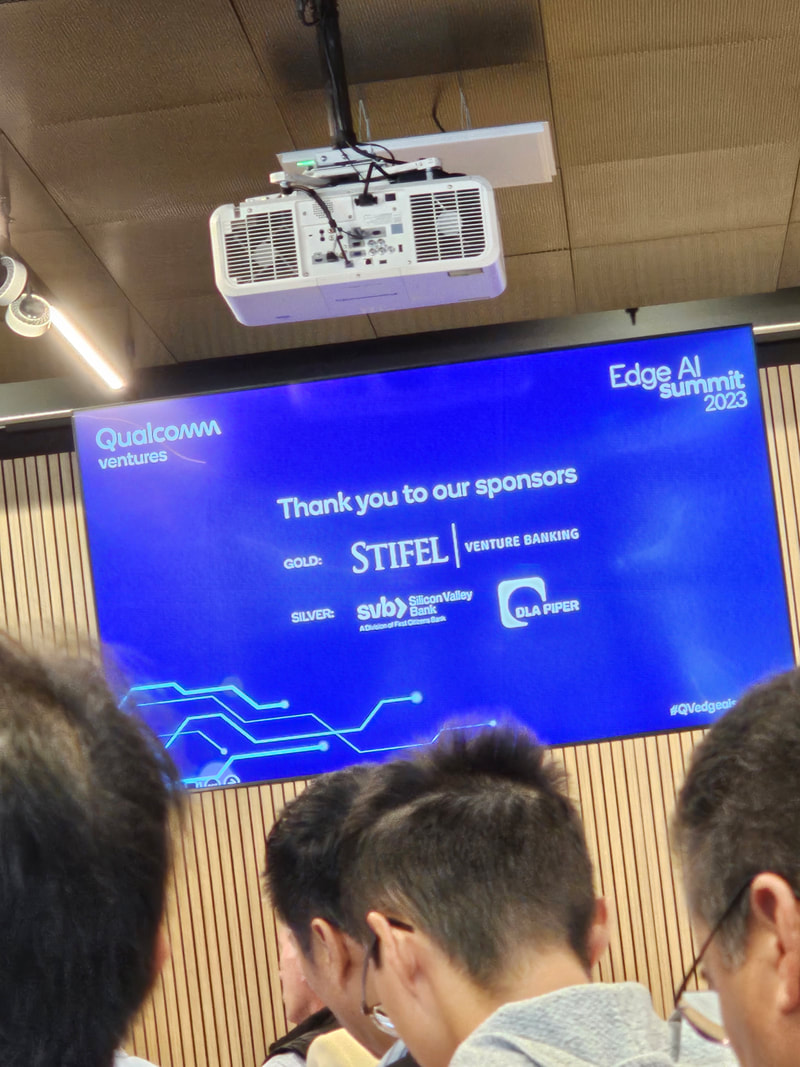
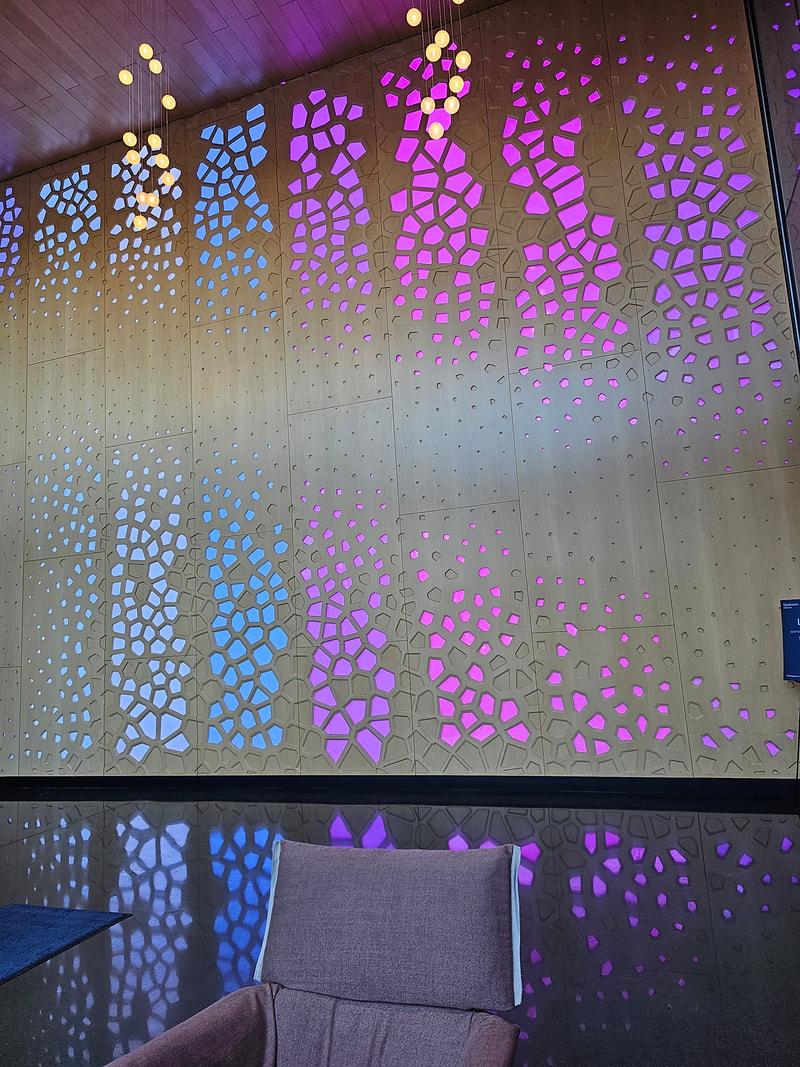
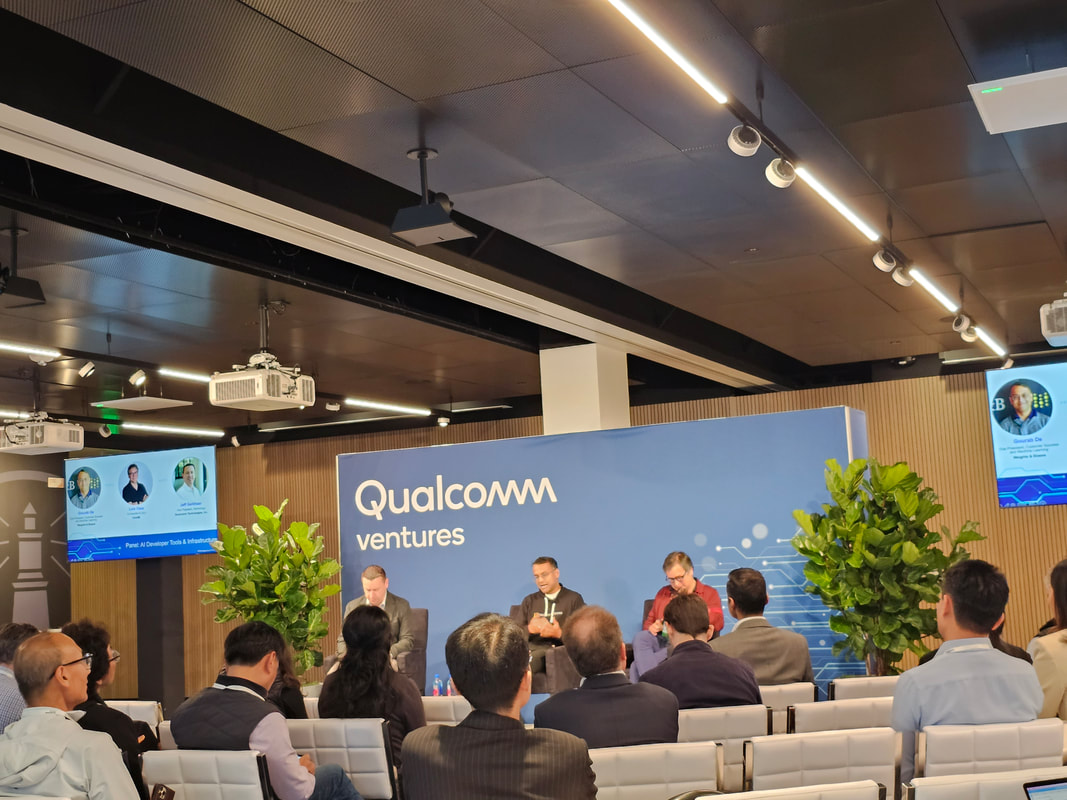
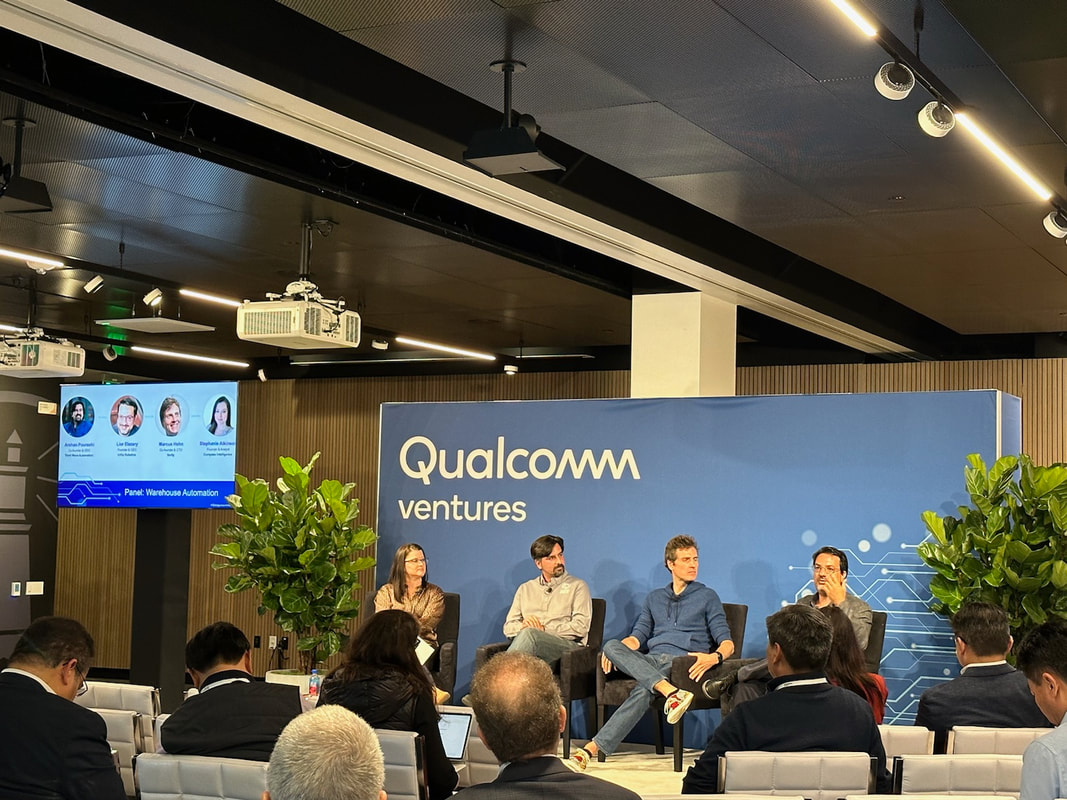
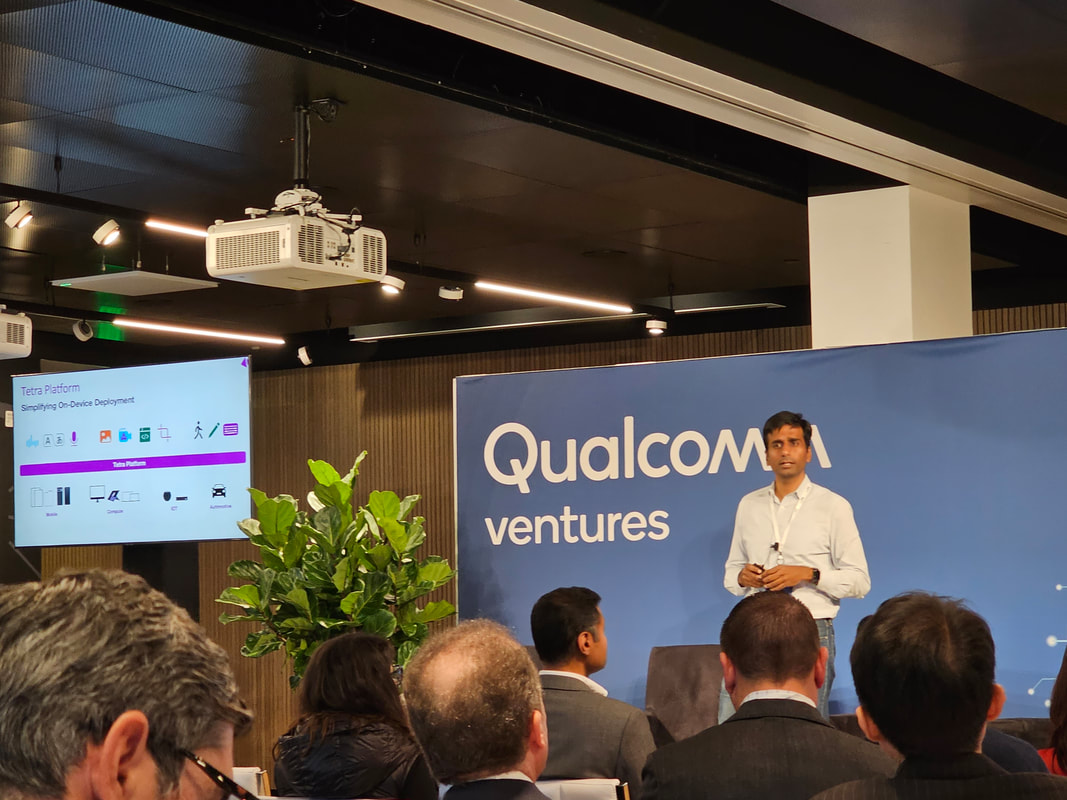
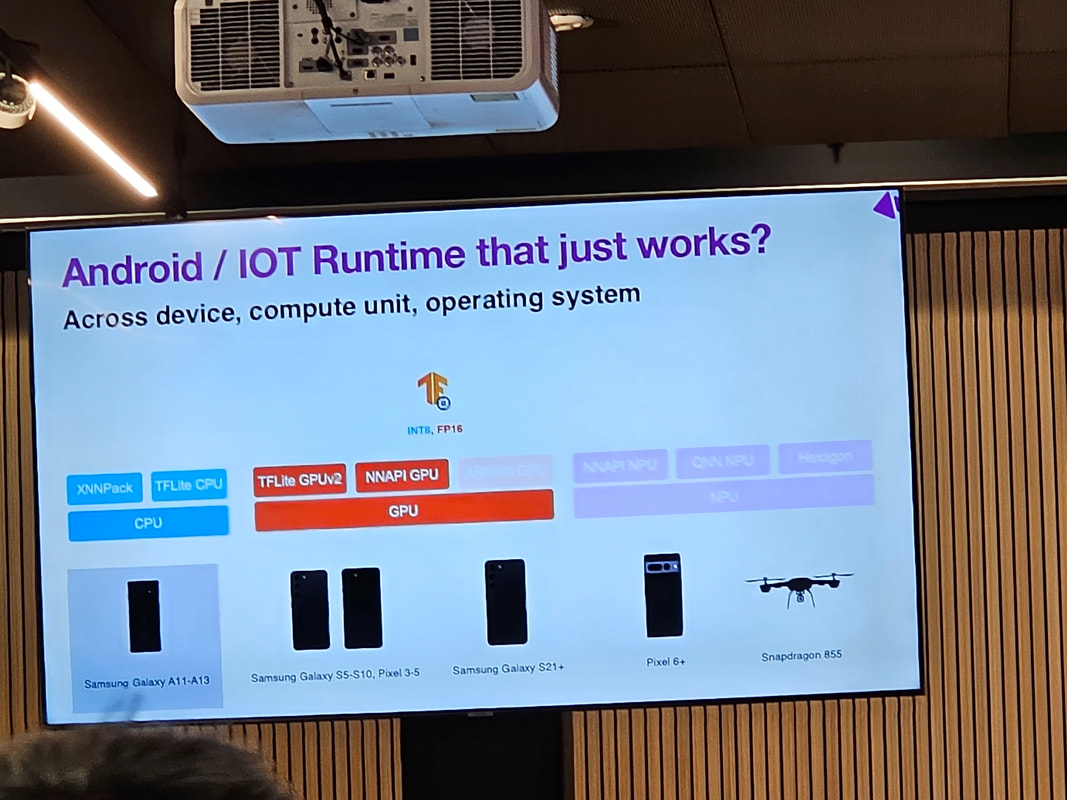
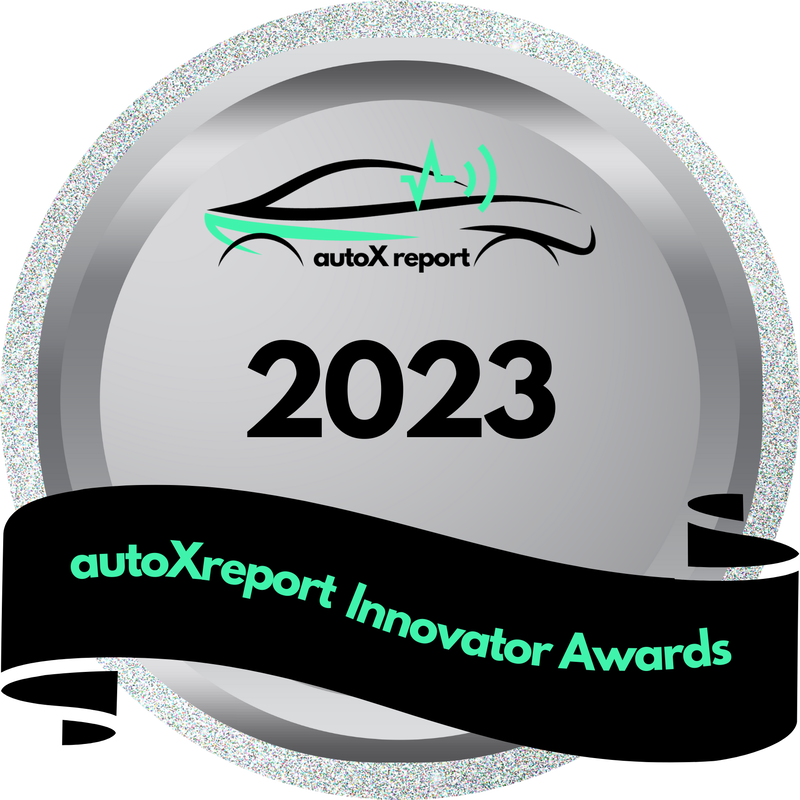

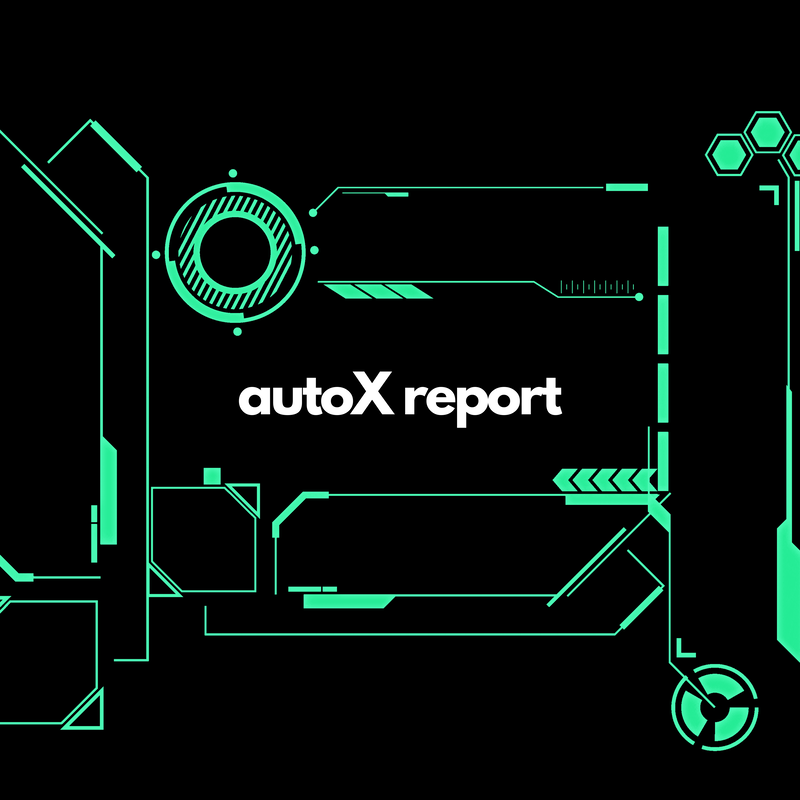
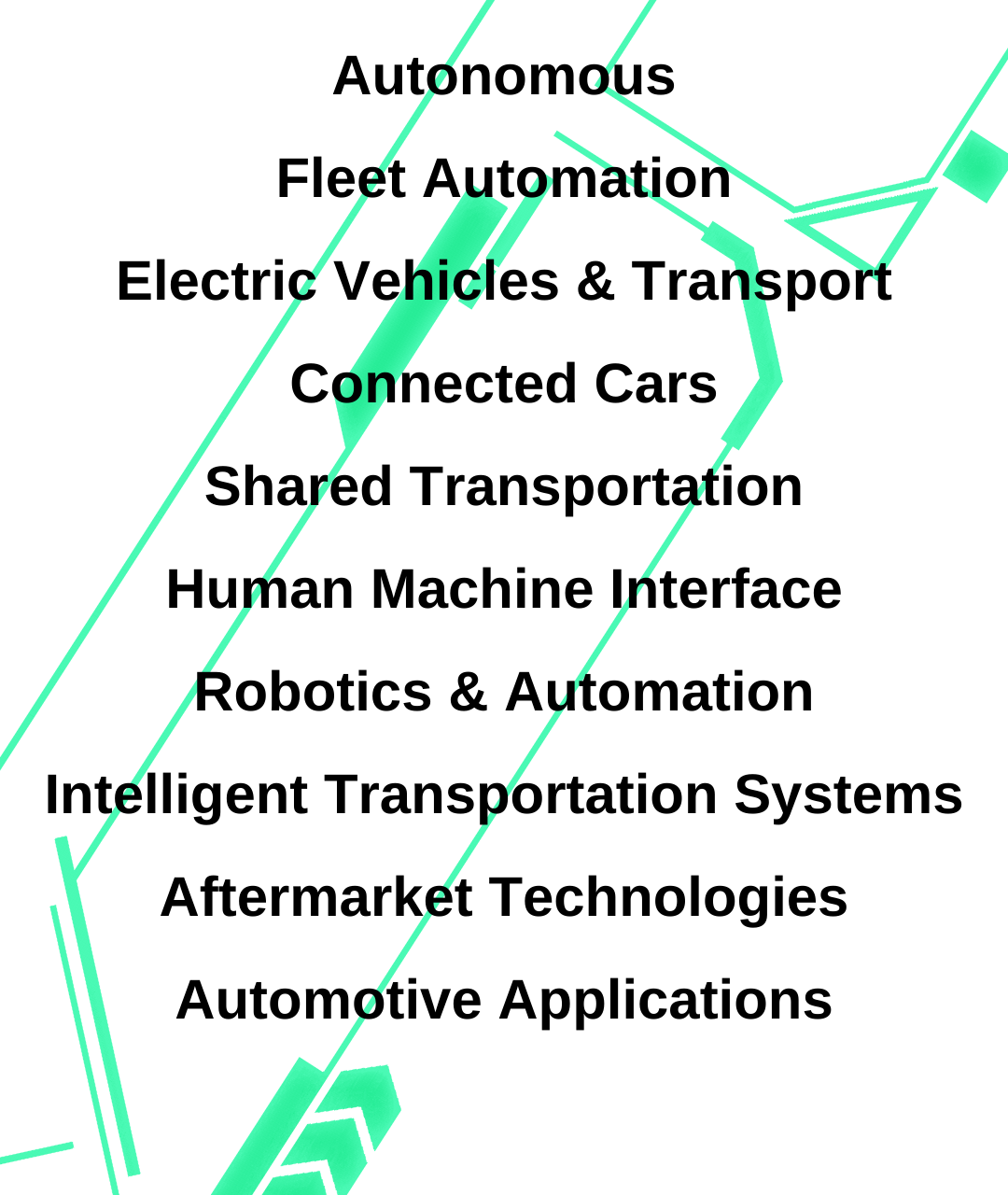
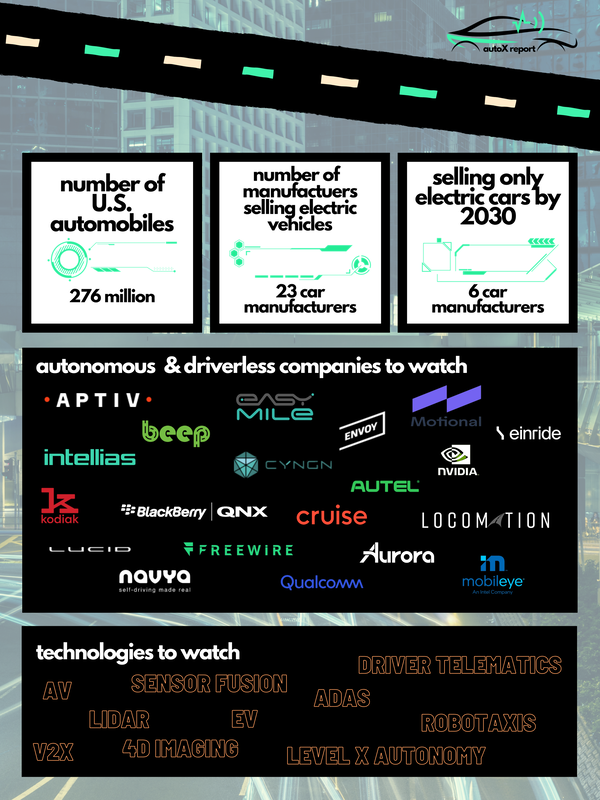
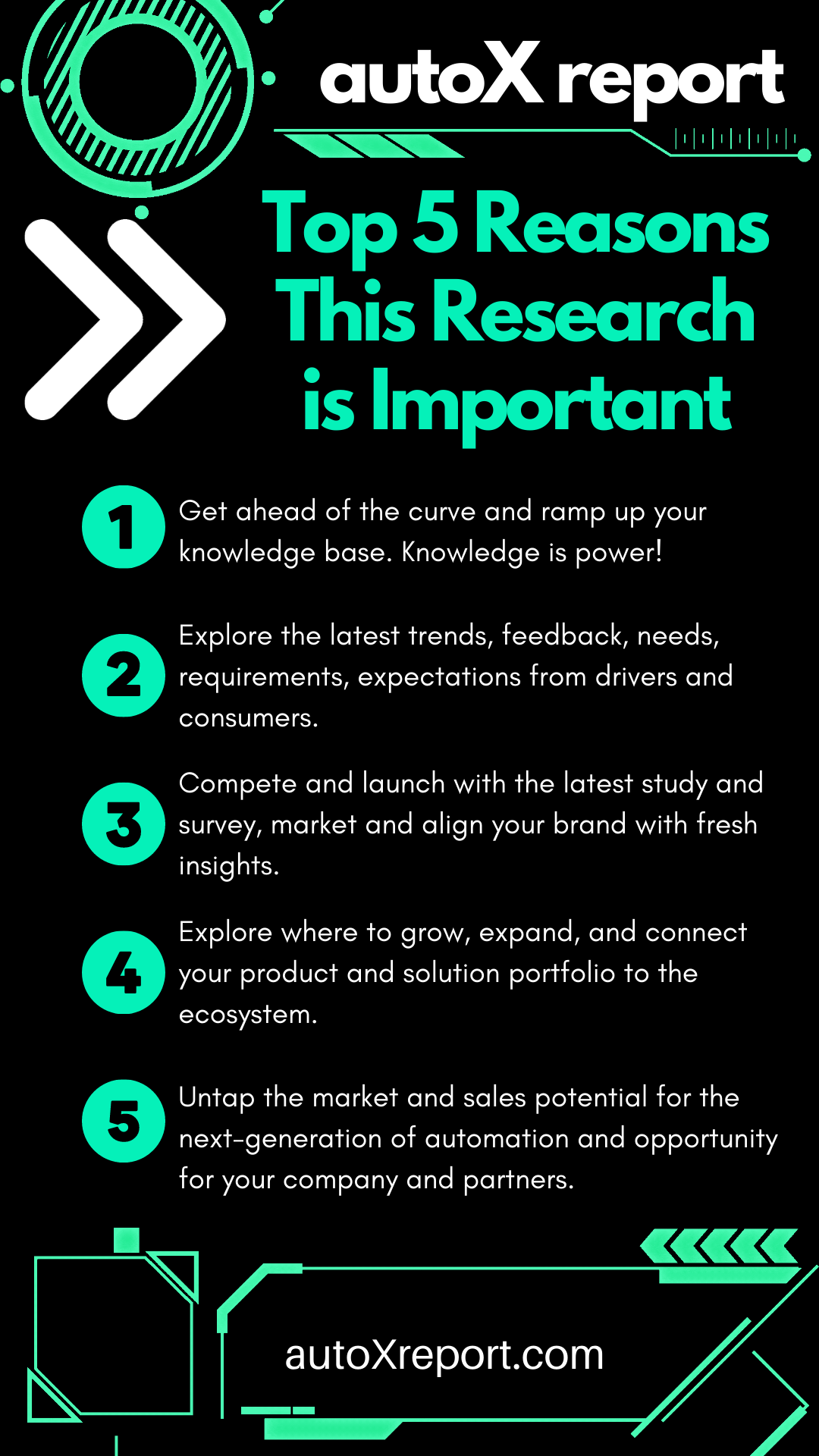
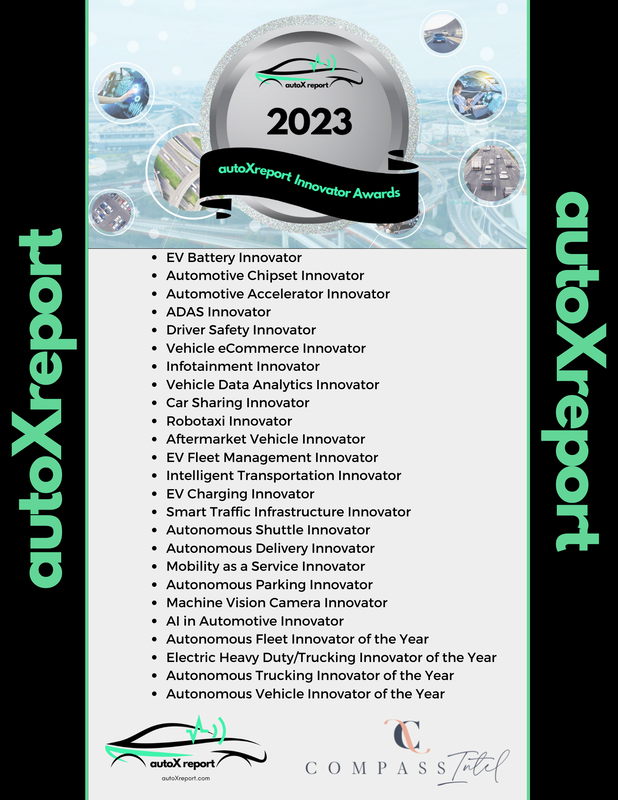

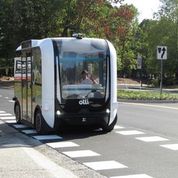

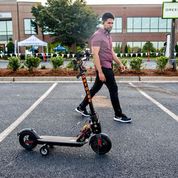


 RSS Feed
RSS Feed
